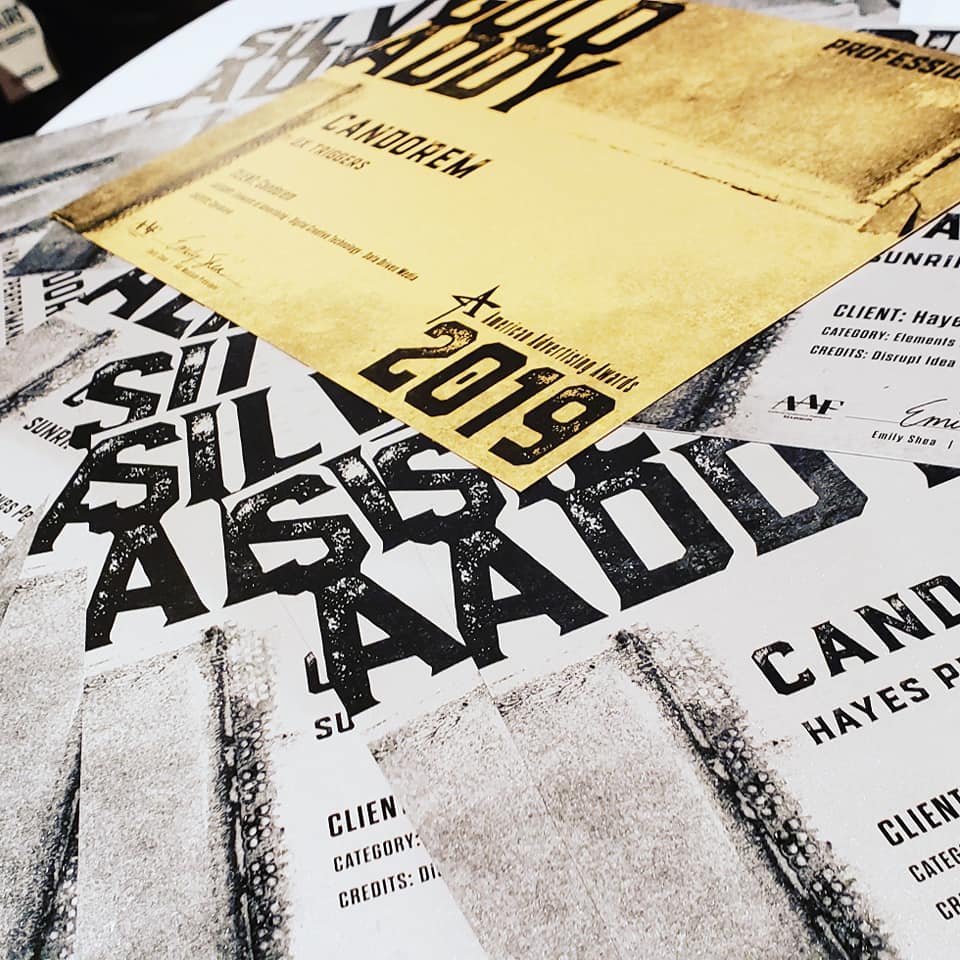When trying to find the right partner for your web design and development writing an effective request for proposal (RFP) is a crucial first step. Rather than interviewing potential agencies individually, the RFP can help you quickly sift through vendors by uncovering their strengths and weaknesses. Here’s a few key items you’ll want to include when writing your RFP so that you can find the right partner.
1. An overview of the project
Before jumping into the details surrounding your company’s background and history, give an overview of the project so that vendors can figure out if your project is within their scope before they move ahead. This helps to set the stage for the rest of your web design RFP and put potential project bidders in the right frame of mind when thinking through how they’ll approach your requests and questions.
2. Company background
Telling vendors about the company is important because it helps them to align with who you are, what your values are and what impact you want to make. Rather than a long history, include why you do what you do and who you do it for. The organizations that will be bidding for your project will need to know who your target market is so that they can start thinking about strategy, user testing and design.
3. Timeframe for your project
Although most vendors will appreciate flexibility in your deadlines, make sure that you have a general timeframe listed. Doing this will help potential bidders figure out if they have the resources to complete your project on time. Don’t hesitate to ask vendors for details on how they will prioritize your project, have them include timelines for their design, development and review process.
4. Goals and objectives
Get everyone on the same page by clearly stating what your intended outcome for the project is. List things that, if done well, would be considered a success. Include any metrics that you have in mind and why you’ve chosen those measurements. Include what you’d like your audience to see and feel as well as what actions you’d like them to take.
5. Tech requirements
Make sure to let vendors know if you have any mandatory technological requirements. This includes things like your preference of coding language, the devices you want to support, user accounts, accessibility and content management software. If you are not sure, ask them for their recommendation.
6. Considerations
Are you looking to transition to a different platform? Are you currently working with another agency that may include some overlap? Ask for vendors to explain how they’ll handle any situations that have special considerations and if they’ve ever experienced a similar situation.
Your project is an investment so you’ll want to make sure you know whose hands it’s in. Ask vendors to give you a brief history of their company as well as a description of the team roles that will be contributing to your project. Make sure you know who your point of contact will be and how communication and support will work.
8. Development methodology/process
Ask vendors about their process and have them explain their design thinking. Have them include how they’ll approach user testing, as well as quality assurance testing, and what you can expect through the development process.
9. Budget
Providing a budget in your RFP is critical to finding the right partner for your project. Transparency is the best way to build trust with prospective agencies. It also gives them the opportunity to compete on a level playing field by eliminating guesswork.
10. Experiences and references
Have your vendors explain any similar projects they’ve worked on and ask them to link examples if allowed. Have them include any roadblocks they encountered and how they overcame it. Also make sure to ask for references that you can contact, especially those in a related industry.
Before you send your RFP to vendors to start the bidding process, take time to review and consider your expectations. If you ask for high level feedback on your existing collateral up front, it’s unlikely that you’ll receive many proposals. It’s important that the expectations for proposals match the value that you are bringing to potential partners. The purpose of your web design RFP is not to get advice, which can cloud creative direction, but rather to find the organization that sees your vision as clearly as you do.
Photo Credit:
Dylan Gillis
Raw Pixels.com


